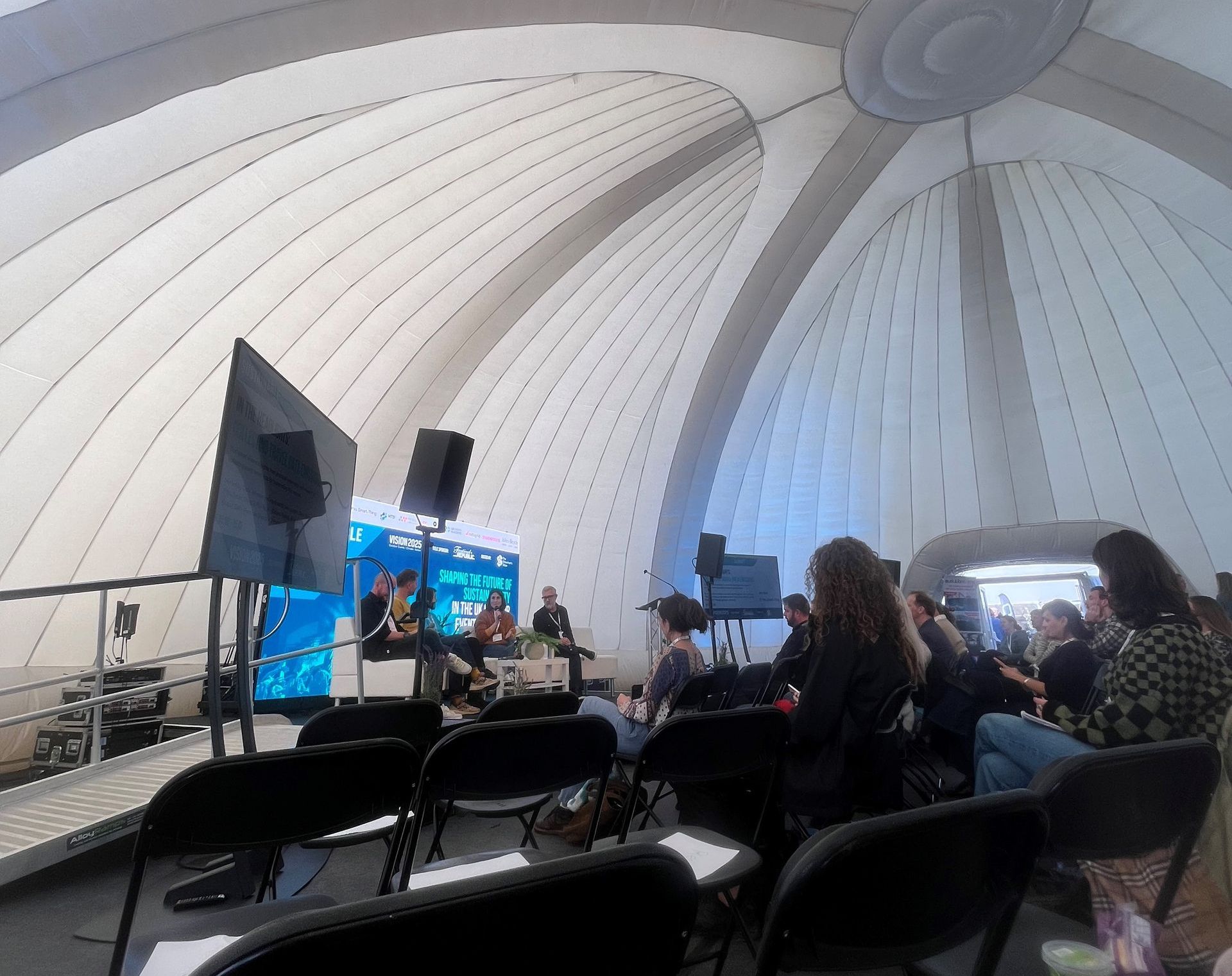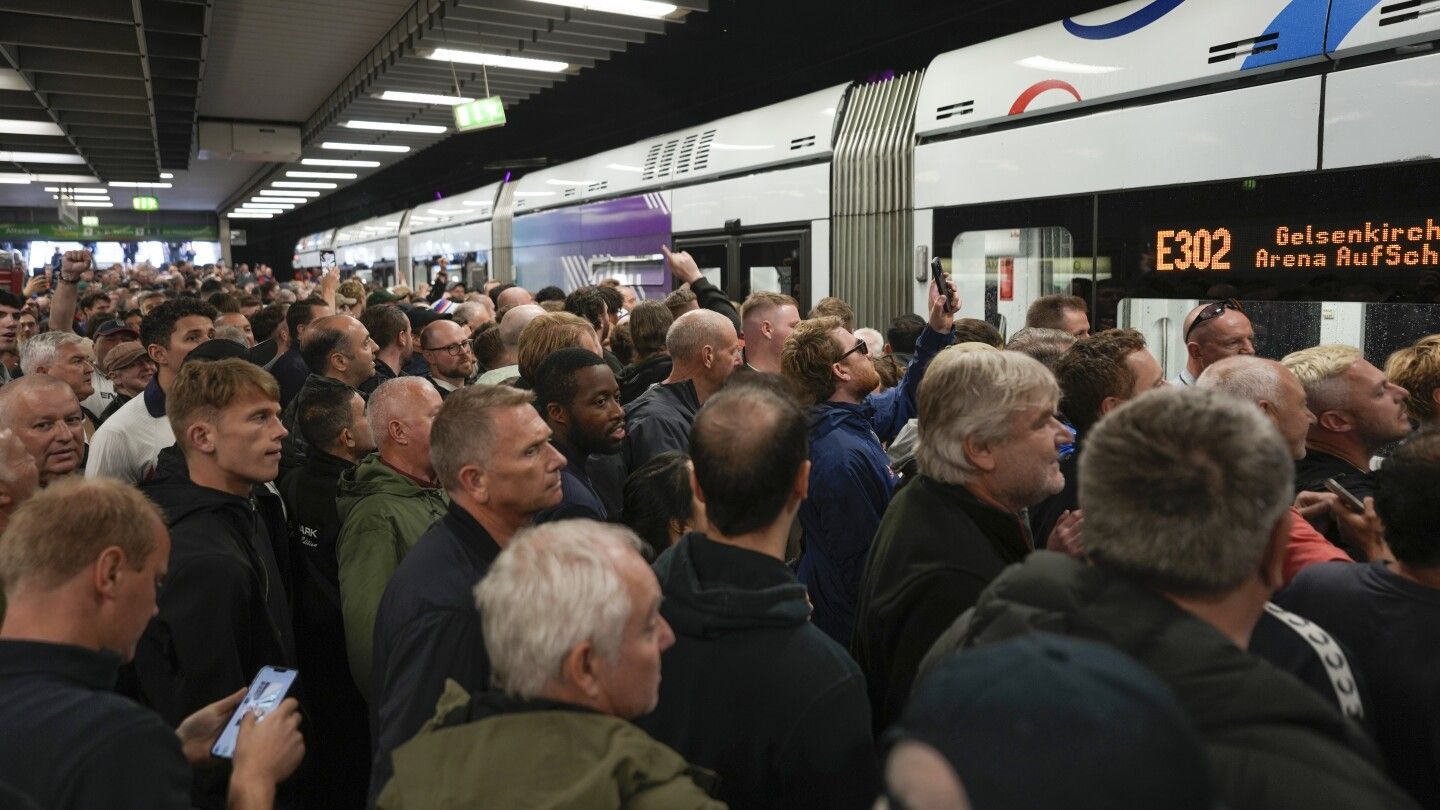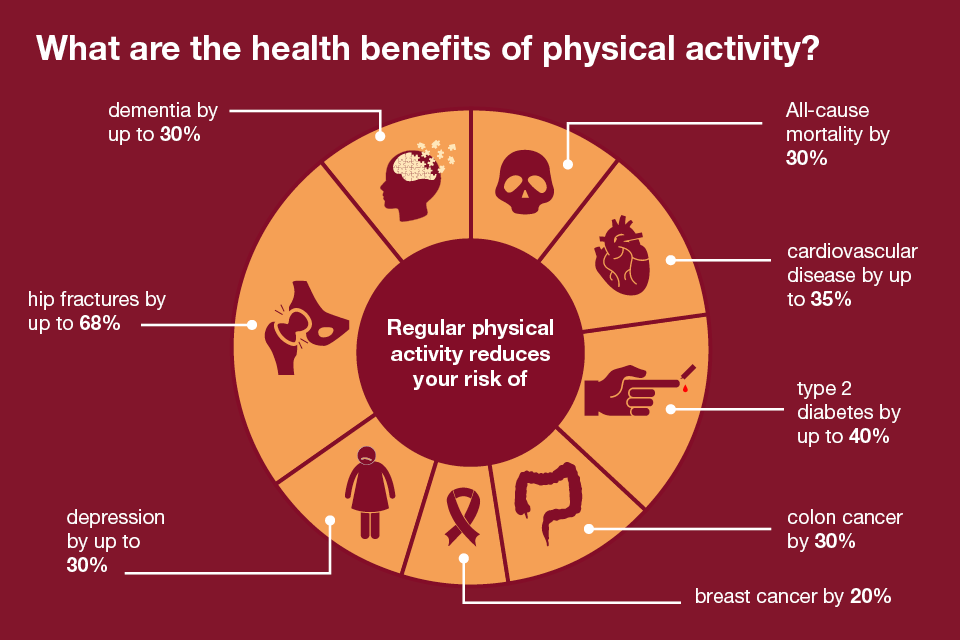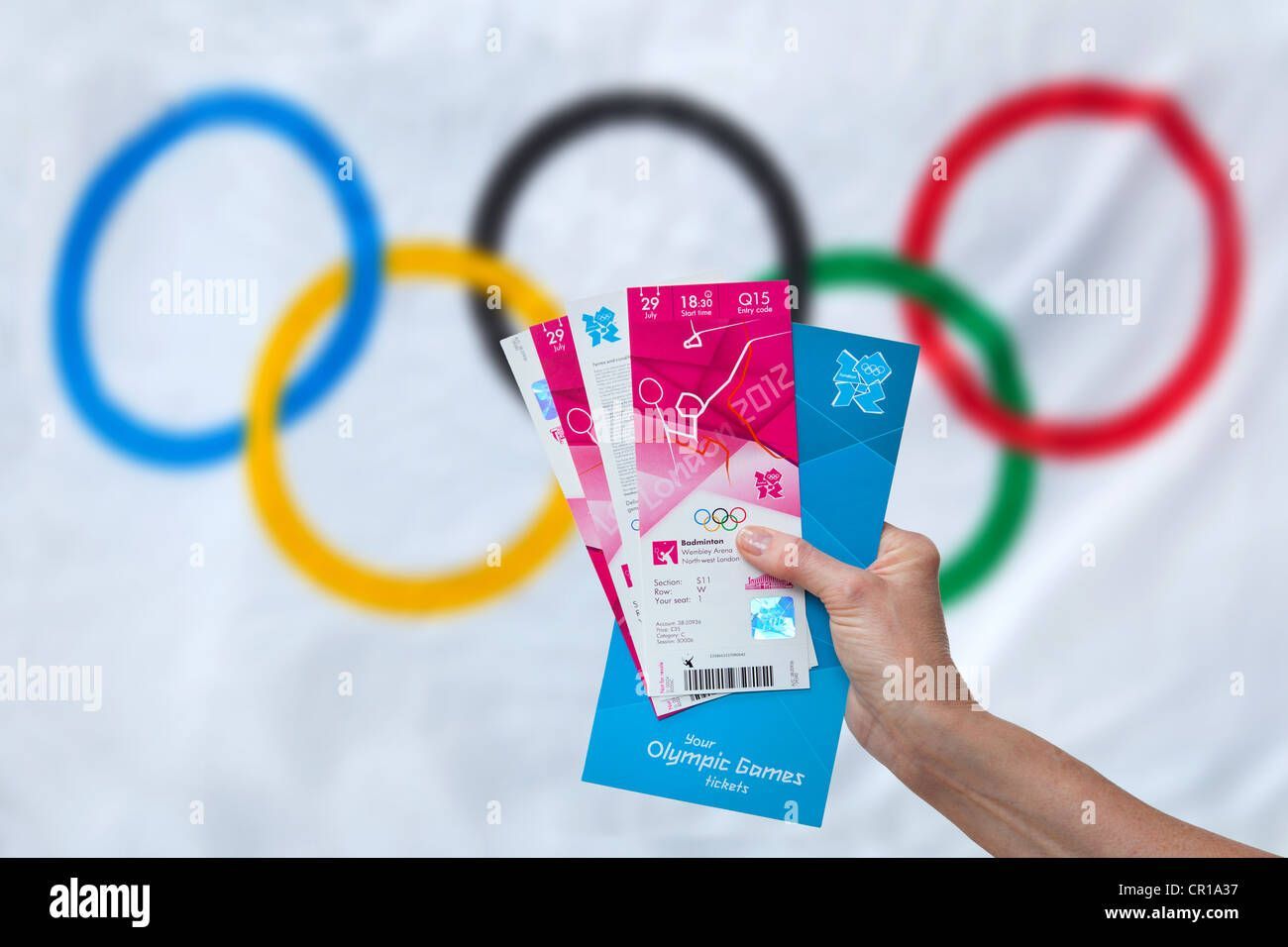Harnessing data to drive sustainable travel in live events

At the recent Vision 2025 Summit at The Showman’s Show, a key topic was how the live events industry can harness data and insights to drive sustainability efforts – particularly around spectator travel. Data is increasingly recognised as essential for tracking environmental impacts and supporting responsible practices. However, many organisations still face challenges in using data effectively and in determining which types of data to collect for specific purposes. For some, data feels more like an obstacle than a solution.
Key data sources in spectator travel
For the live events industry, particularly when it comes to fan travel, potential data sources include journey planning data, booked trains, buses, coaches and parking ticket data, spectator survey results, and event ticket data. Each of these provides unique insights into how audiences move, which modes they choose, and where there are opportunities to promote travel options.
Another key focus in data collection within the live events and sustainable travel industry is carbon footprint analysis. While other data sources associated with travel demand management centres on understanding and predicting travel needs, carbon analysis measures the environmental impact of each transport mode. Together, these approaches enable organisers to set concrete carbon reduction targets, especially when sustainability is the primary goal.
The importance of collaboration
Data related to spectator travel is rarely controlled by a single entity; instead, it’s dispersed across multiple stakeholders, such as transport providers, event organisers, ticketing platforms, and local authorities. This fragmented ownership makes effective collaboration crucial to piece together a complete picture of audience travel.
Within organisations, however, responsibility for managing and interpreting this data is often ambiguous. Ideally, event organisers could take the lead, positioning travel as a core component of the audience experience. This approach enables coordinated efforts across stakeholders, ensuring that insights are not only comprehensive and accurate but also aligned with the event’s goals.
The power of travel data within sustainable, operational and commercial success
The importance of data extends far beyond just collection, and the challenge lies in how to effectively analyse and apply these insights to fan travel. For instance, understanding travel demand forecasting alongside carbon footprint analysis can guide both environmental and operational improvements.
As alluded to above, the importance of data and insights within spectator travel extends far beyond sustainability, from operational efficiencies to fan satisfaction. One exciting example of this discussed at the Vision 2025 Summit was the recently published More Than Music Report, which highlights how data can drive decision-making in spectator travel and logistics, helping event organisers identify the most impactful areas for change.
Through data insights, organisers can devise and then implement travel strategies that enhance efficiency, fan satisfaction, alleviate peak congestion, and promote sustainable options as a few examples. Moving beyond data as a tick-box exercise, the goal is to use it strategically to create sustainable and engaging experiences for fans.
Setting targets using data
In travel planning and data, two data driven approaches often come into play: “Predict and Provide” (P&P) and “Decide and Provide” (D&P). While the P&P method uses historical data to forecast future travel needs, it often results in only maintaining the status quo, making it less relevant in sustainable travel planning. Alternatively, D&P focuses on desired outcomes, using vision and strategy to shape future transport interventions that align with organisational goals. For event organisers, adopting the D&P approach enables proactive, purpose-driven solutions, such as setting up park and ride services or prioritising pedestrian access, ensuring that fan travel aligns with the broader agenda.
Creating data-driven goals for sustainable travel is essential in the live events industry. Effective data analysis not only reveals realistic, measurable targets aligned with carbon reduction, operational, commercial, and fan experience objectives but also highlights critical areas where existing transport options may need enhancement. For example, setting a carbon footprint target based on an ideal sustainable mode share for spectators could encourage spectators to use active, shared, or low-emission transport options by promoting those with the lowest environmental impact.
However, by analysing data and insights on current travel behaviours and preferences, event organisers can also uncover where operational improvements are needed to make sustainable options more accessible and appealing. If analysis shows gaps in service, such as limited public transport frequency during peak arrival and departure times, organisers might work with local transport agencies to add services or modify schedules, addressing real barriers to sustainable travel uptake. This dual approach – encouraging use while identifying and addressing service gaps – ensures that sustainable transport options are both available and compelling, supporting long-term behaviour change and the achievement of environmental and fan engagement goals.
The role of STRIVE in transforming data into actionable insights
Considering the above, it is clear that there is no one-size-fits-all approach to leveraging spectator travel data in live events. Strategies that work for a music festival may not suit a sports event, and each event’s infrastructure, culture, and budget will vary. The key is to tailor spectator travel strategies based on the insights gathered and to recognise that data should be part of an ongoing, evolving process. Regular measurement, analysis, and adjustment are vital to maximising the potential of data.
At In the Round, we understand the challenge of navigating the world of data and insights. Our STRIVE consultancy service doesn’t just help with the collection, measurement and tracking of spectator and travel data and insights, we go further, offering guidance on how to best use it. We focus on analysing insights and identifying trends to create actionable plans that align with an organisations’ unique goals - whether those goals are environmental, operational, commercial, or related to fan experience for examples. Additionally, we excel at bringing together diverse stakeholders to support data acquisition and facilitate the sharing of insights across entities. Our approach ensures that data isn’t just a static figure, but a dynamic tool for continuous improvement.
In an industry as dynamic and fast paced as live events, the ability to adapt and evolve based on real insights is essential. From reducing environmental impacts to enhancing fan engagement and optimising commercial value, spectator and travel data has the power to transform the live events industry, if used correctly. Our STRIVE consultancy service is here to ensure that all relevant organisation and stakeholders that may have a role in the event are equipped with the tools needed to turn data and insights into real world results.
















